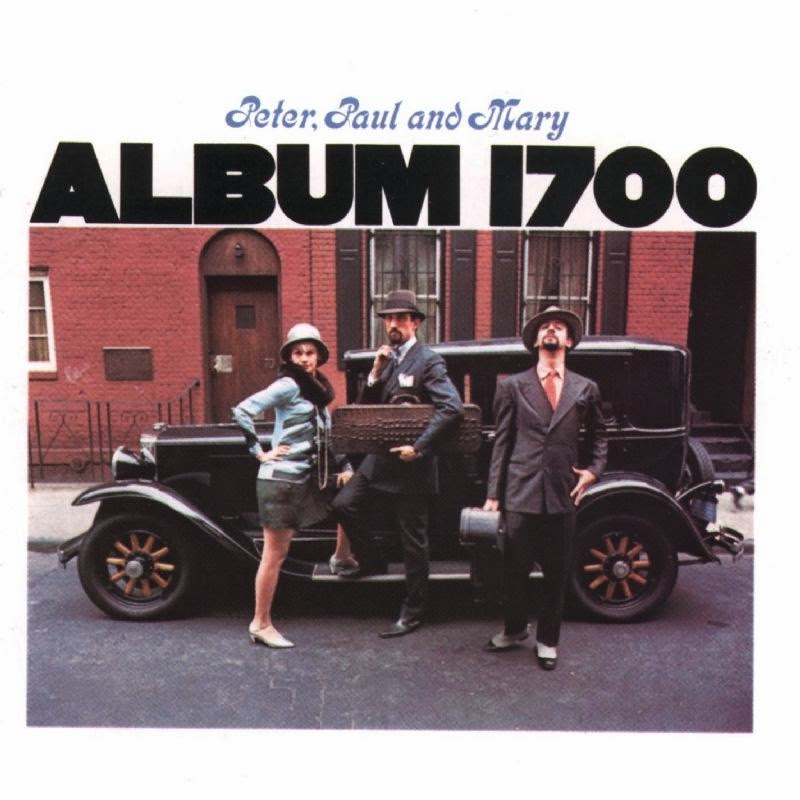Too Many Variables ... and the Arché Headshell
 |
| Rondo + Arché Headshell |
First up, and the crack in the foundation of our carefully constructed "one variable at a time" discipline, was when we took out the Denon and pout in the Ortofon Rondo Bronze in a standard headshell. It was a solid improvement in every important way- especially a sense of refinement we hadn't had with the Denon. Having experience with this cartridge before, we decided to continue with the tests, and we were on our merry way reviewing albums for the review of the Plinius Koru. Once we got about a half dozen good examples of what the Koru would give to someone who would consider it, and thought about editing and adding photographs, we hit writer's block. This review wasn't writing itself like they usually do, like we were missing something. Still, we kept mining our record collection, and adding in new stuff here and there and really enjoying ourselves.
But given we can't leave well enough alone, this morning, we put in the Arché headshell. The thing about the headshell, is it lets you make your tonearm sit absolutely neutral against its bearing (moving coil cartridges usually sound the best when the tonearm is ever so slightly uptilted toward the cartridge, though at the expense of giving up some of the goodness of the tonearm's capability). So the Arché lets the tonearm be at an optimal setting, and all the adjustments that you need to make (stylus rake angle, azimuth, overhang, etc.) is done at the headshell - the effect we're told is it makes your tonearm seem like you have upgraded to the next level without going through the trauma of a tonearm change provided you have a removable headshell.
 |
| The Second Variable Changed |
Compared to a standard alignment using a Jelco tonearm (all the adjustments are possible, but it isn't very convenient) the adjustments with Arché was a lot easier and quicker, and I think I was able to get a more optimal setting as a result - hooray for Acoustical Sciences! We were also able to do a rather painstaking Azimuth Alignment, too, that would have driven me nuts with the standard headshell. The setting of the SRA (Stylus Rake Angle) was so easy, it might motivate me to try it out with a digital microscope someday!
And you know what? The whole sound got kicked up a solid notch after the Arché and detailed Azimuth alignment. While we wouldn't dispute the effects of having a neutral tonearm bias on the bearings, we got a more precise and careful alignment because of the ease of doing so, too.
Alas, though, given how much an improvement (that the Koru more than kept up with, for the record!) it put us in the position of starting over our listening tests, so the review publishing date is going to be delayed yet again.
 |
| "Who invited them over to perform for us?" was the comment |
Peter Paul and Mary "Album 1700" - the instruments seemed warmer, richer and more realistic, and the image size - Holy Mother of G-d it was big. The Missus commented "So why did nobody tell me we invited them over to our house?"
 |
| The Raw Energy Thrown at Us ... |
To say were were anything less then delighted with how things were coming together was an understatement. But we're now faced with the daunting task, of redoing our listening tests for the long overdue Plinius Koru review ... Darn. More music. What ever shall we do? :-)



Comments
Post a Comment